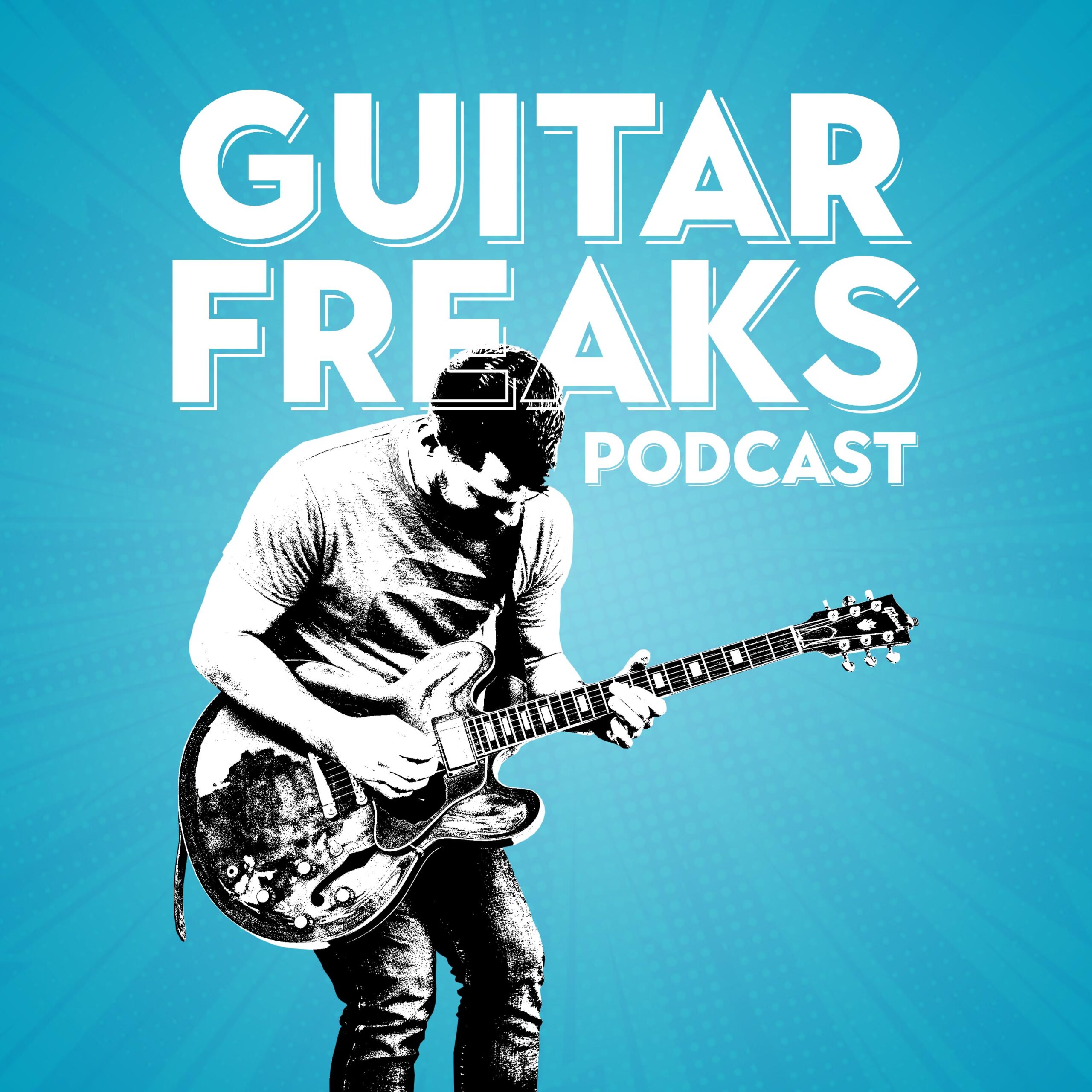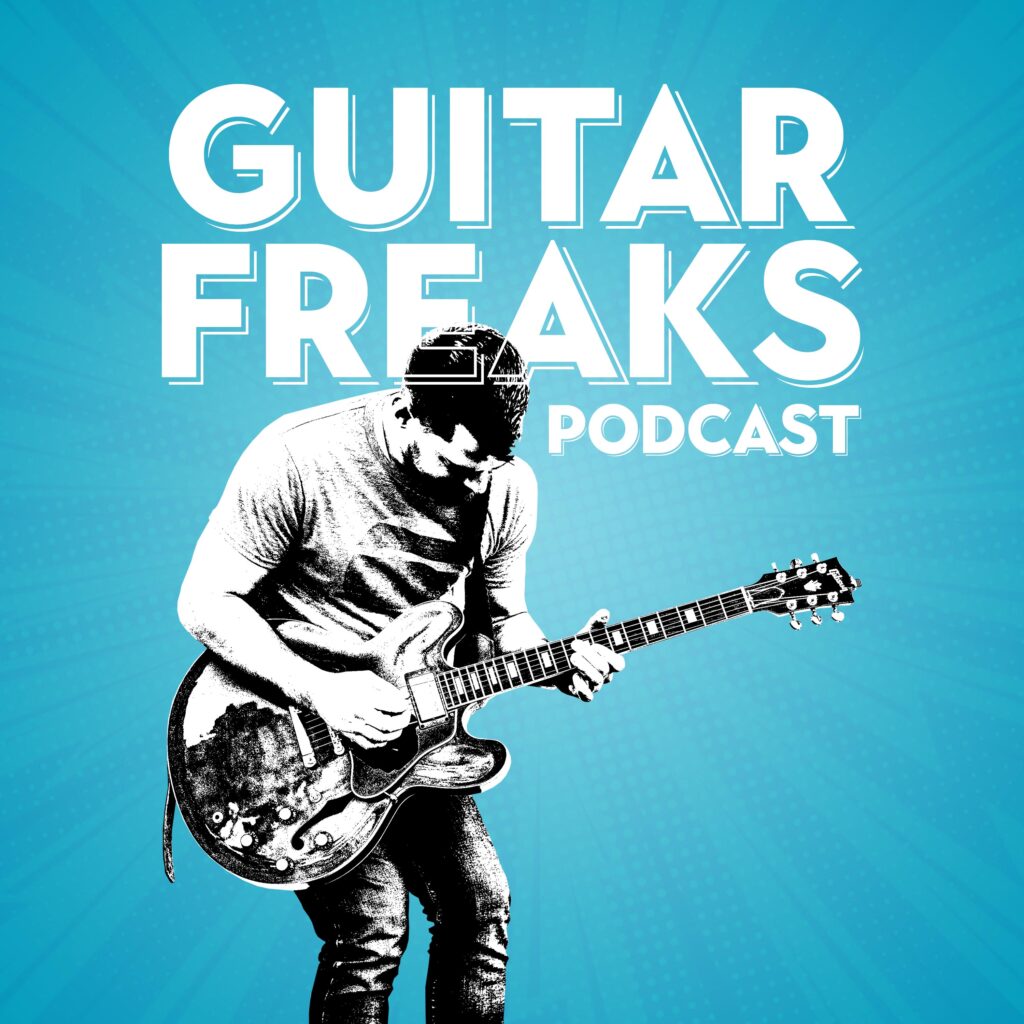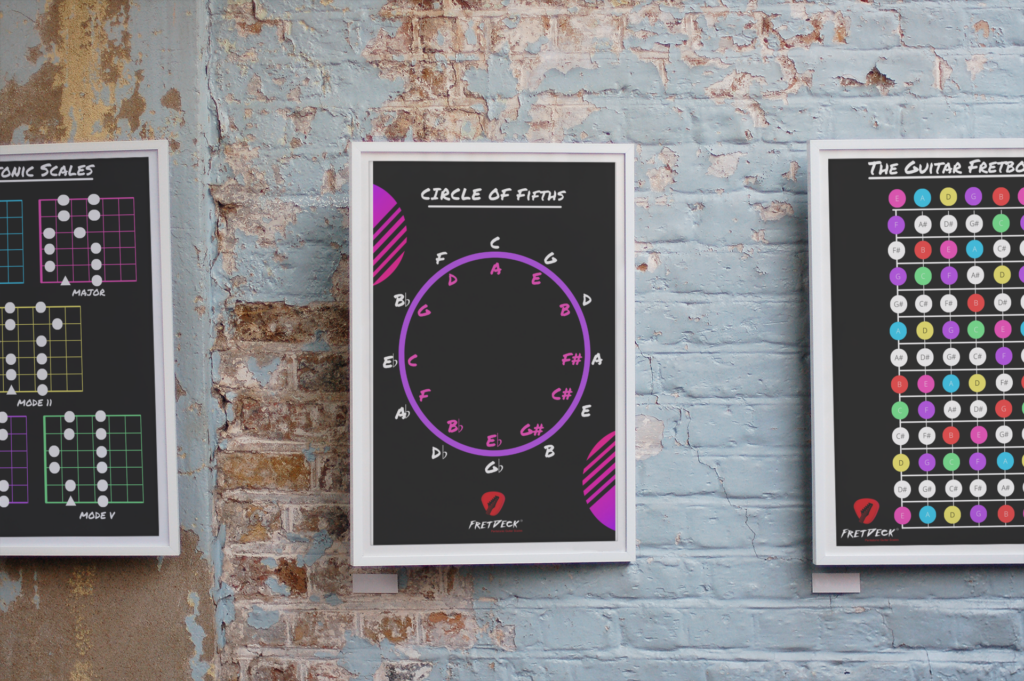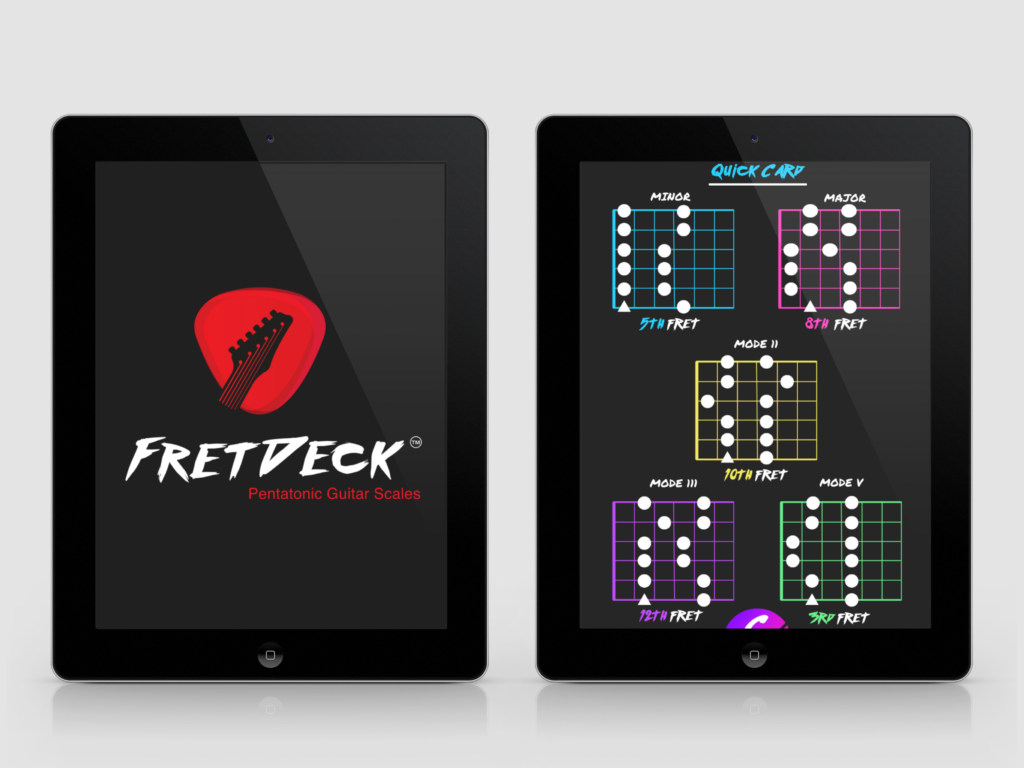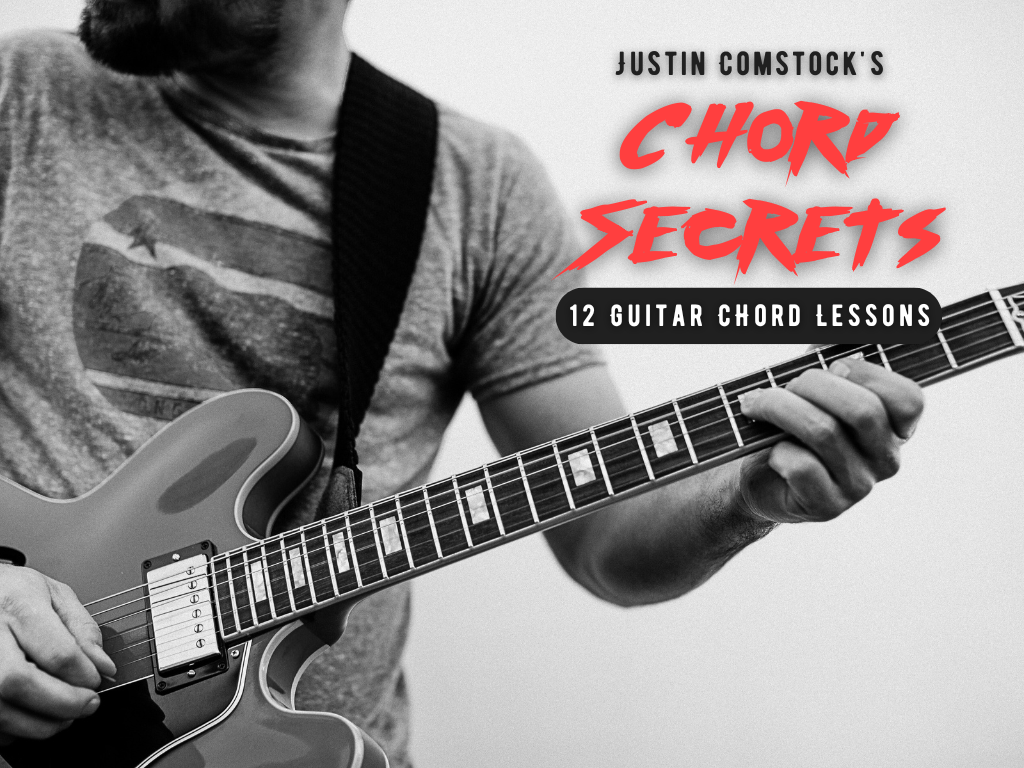Introduction: Why Guitar Solos Are the Heart of a Song
Ever wondered how to make guitar solo that gets people talking? Whether you’re playing live, recording in the studio, or jamming at home, a great solo can be the highlight of any song. The best solos don’t just showcase technical ability—they tell a story, evoke emotions, and leave a lasting impression.
In a recent podcast episode, acclaimed guitarist Adam Levy shared his approach to crafting solos that resonate deeply with listeners. His insights inspired me to dive into the art and science of soloing, and I’m excited to share everything I’ve learned.
If you’re ready to take your solos to the next level, this guide will show you step-by-step how to craft guitar solos that truly stand out.
What Makes a Great Guitar Solo?
Before diving into techniques, let’s explore what separates a good solo from a great one. Adam Levy described solos as “conversations” within a song. They should feel organic, like they’re speaking to the listener.
Key Characteristics of a Great Solo:
- Melody: A memorable solo always has a strong melodic foundation.
- Dynamics: A solo should rise and fall in intensity, keeping the listener engaged.
- Expression: Techniques like vibrato, bends, and slides add emotional depth.
- Storytelling: The solo should feel like a journey with a clear beginning, middle, and end.
By focusing on these principles, you’ll have a solid foundation for creating unforgettable solos.
Step 1: How to Make a Guitar Solo with Memorable Melodies
The backbone of any great guitar solo is melody. Think of iconic solos like David Gilmour’s “Comfortably Numb” or Slash’s “Sweet Child O’ Mine”. What makes them unforgettable is their singable, emotional quality.
Tips for Crafting Melodic Solos:
- Hum Before You Play: Before picking up your guitar, hum a melody that matches the mood of the song. If it feels natural and singable, it’s a great starting point.
- Target Chord Tones: Build your solo around the notes in the underlying chords. This creates a strong connection between the solo and the harmony.
- Repetition with Variation: Establish a motif or theme and add subtle changes as you progress to keep it interesting.
Exercise:
Take a simple chord progression and hum a melody over it. Then, translate that melody onto your guitar. Focus on targeting chord tones to create a cohesive and melodic solo.
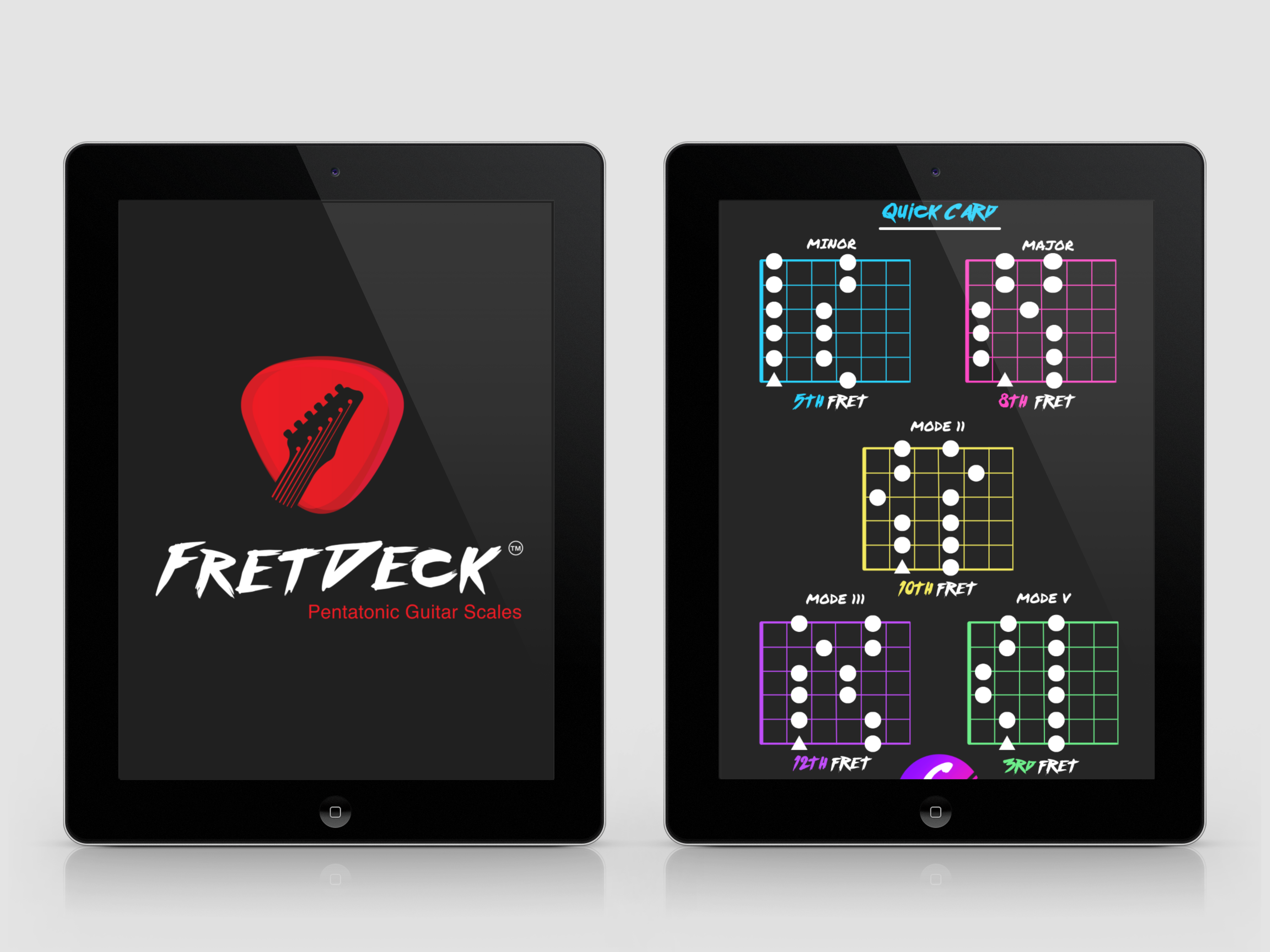
Download The FretDeck & Pentatonic Secrets Course!
Download Our Course
Step 2: Build Emotional Dynamics in Your Solo
A great solo mirrors the emotional arc of a story. It starts with an introduction, builds tension, reaches a climax, and resolves gracefully. Dynamics are the secret to making your solos feel alive and engaging.
Techniques for Adding Dynamics:
- Start Subtle: Begin with simple, sparse phrases to draw the listener in.
- Gradually Build Intensity: Add faster runs, double stops, or higher notes as your solo progresses.
- Climax with Impact: Save your flashiest technique or highest note for the peak of your solo.
- Resolve with Purpose: End on a note that ties back to the song’s emotional tone.
Pro Tip:
Use volume and attack to enhance your dynamics. Play softly in the beginning, then gradually increase your picking strength for more intensity.
Step 3: Choosing Scales That Fit
Scales are the building blocks of solos. While the minor pentatonic scale is a go-to for many guitarists, exploring other scales can add new flavors to your playing.
Scales to Incorporate:
- Minor Pentatonic: The classic choice for blues and rock.
- Major Scale: Perfect for bright, uplifting solos.
- Dorian Mode: A jazzy, modern scale that works well in blues and funk.
- Mixolydian Mode: Great for classic rock and country.
- Harmonic Minor: Adds an unique, dramatic touch.
How to Choose the Right Scale:
Let the chords guide your decision. For example, if the progression is in A minor, the A minor pentatonic or A Dorian would be excellent choices. Experiment with combining scales to create unique textures.
Exercise:
Take a backing track in a specific key and experiment with different scales. Record yourself playing and listen back to identify which scale fits best.
Step 4: Expression Through Vibrato and Bending
Vibrato and bending are two of the most expressive tools a guitarist can use. They allow you to add vocal-like qualities to your solos, making them more emotional and engaging.
Tips for Vibrato:
- Control is Key: Focus on keeping your vibrato smooth and consistent.
- Experiment with Speed: Use slow vibrato for soulful passages and faster vibrato for energetic moments.
- Timing Matters: Apply vibrato just after hitting a note to create a natural, vocal-like effect.
Tips for Bending:
- Nail the Pitch: Practice bending notes accurately to the target pitch. Use a tuner if needed.
- Combine Techniques: Add vibrato to the top of a bend for extra expressiveness.
- Explore Pre-Bends: Bend the note before striking it to create a unique, dramatic sound.
Exercise:
Choose a simple lick and focus on adding vibrato and bending to specific notes. Record yourself to ensure your techniques are controlled and expressive.
Step 5: The Power of Silence
Sometimes, the most powerful part of a solo is what you don’t play. Pauses and silence can create tension, give your phrases room to breathe, and make your notes more impactful.
How to Use Space Effectively:
- Pause Between Phrases: Play a line, then leave a short silence before continuing.
- Call and Response: Treat your solo like a conversation, alternating between “questions” and “answers.”
- Let the Band Shine: Use space to highlight the rhythm section or other instruments.
Pro Tip:
Listen to solos by Miles Davis or B.B. King to hear how they use space to create tension and drama.
Step 6: Learn from Iconic Guitar Solos
To truly master how to make a guitar solo, study the greats. Analyze their phrasing, dynamics, and tone to understand what makes their solos stand the test of time.
Iconic Solos to Study:
- David Gilmour – “Comfortably Numb”: Melodic and emotional.
- Slash – “November Rain”: A masterclass in dynamics.
- B.B. King – “The Thrill Is Gone”: Economical yet expressive.
- Jimi Hendrix – “Little Wing”: Fluid and innovative.
How to Study Solos:
- Transcribe the solo by ear or use tablature.
- Break it down into phrases and practice each one slowly.
- Analyze the solo’s structure, noting how it builds and resolves.
Step 7: Crafting the Perfect Tone
Your tone is the voice of your guitar. It’s what gives your solo its character and helps convey the emotion of the music.
Tips for Crafting Great Tone:
- Choose the Right Guitar: Strats are great for clean, glassy tones, while Les Pauls excel at warm, sustained sounds.
- Dial in Your Amp: Adjust your amp settings to match the song’s style—clean for ballads, overdriven for rock.
- Use Effects Sparingly: A touch of reverb, delay, or overdrive can add depth without overpowering your playing.
Pro Tip:
Experiment with your tone until it feels like an extension of your personality. A signature tone can make your solos instantly recognizable.

Download The FretDeck & Pentatonic Secrets Course!
Download Our Course
Step 8: Practice with Purpose
The secret to creating great solos is deliberate practice. Aimless noodling won’t get you far—focus on specific techniques and goals.
Practice Routine:
- Warm-Up: Start with scales, arpeggios, and finger exercises.
- Solo Over Backing Tracks: Practice in different keys and genres.
- Record Yourself: Listen back to identify areas for improvement.
- Learn from the Masters: Transcribe and analyze solos you admire.
Conclusion: How to Make a Guitar Solo That Resonates
Creating a great guitar solo is an art form. By focusing on melody, dynamics, expression, and tone, you can craft solos that connect with your audience and elevate your music.
Remember, the best solos come from the heart. Practice deliberately, listen to the masters, and most importantly, let your personality shine through your playing.
Ready to Share Your Solos?
Join the Guitar Freaks Hangout on Discord! Connect with fellow guitarists, share your work, and get feedback to take your playing to the next level. Let’s inspire each other to create unforgettable music!
- Practice Routine for Guitar: Ultimate Ideas and Prompts
This article provides structured practice routines tailored to various skill levels, helping guitarists enhance their technique, theory knowledge, and creativity.
Podcast Link:
- Adam Levy on the Guitar Player Podcast
Listen to this insightful episode where Adam Levy shares his approach to crafting guitar solos, discussing melody, dynamics, and how to create an emotional connection through your playing.
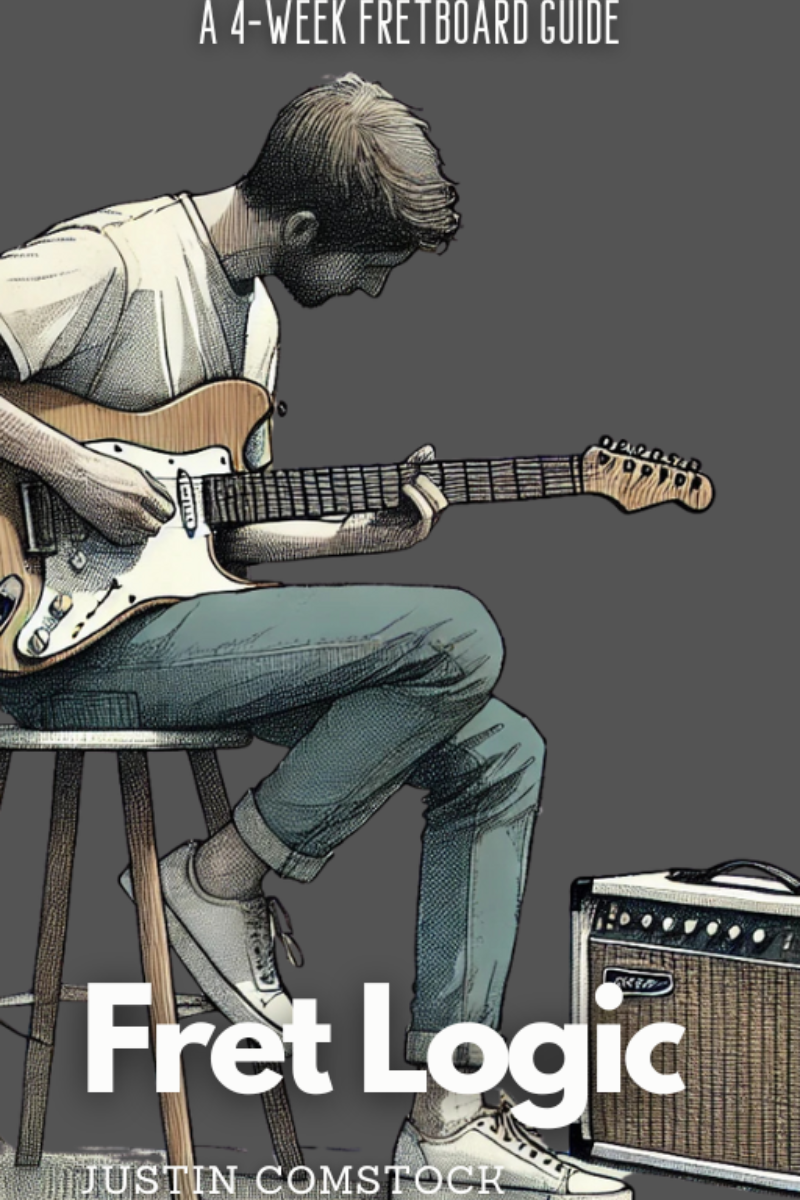
Join Guitar Freaks Hangout on Discord! 🎸
Get Fret Logic FREE!
Join the Guitar Freaks Hangout Discord and get exclusive access to my entire e-book, Fret Logic! Master the fretboard and elevate your solos with this comprehensive guide.
👉 Don’t miss out—join now and download your free copy!
